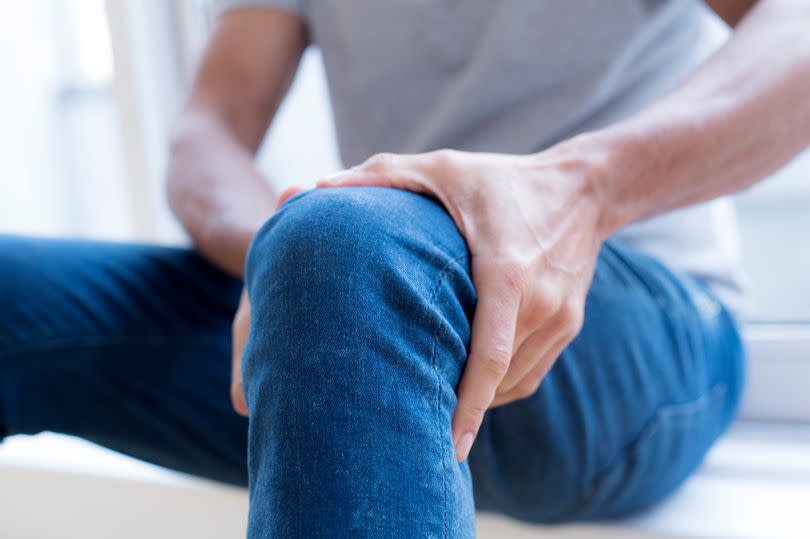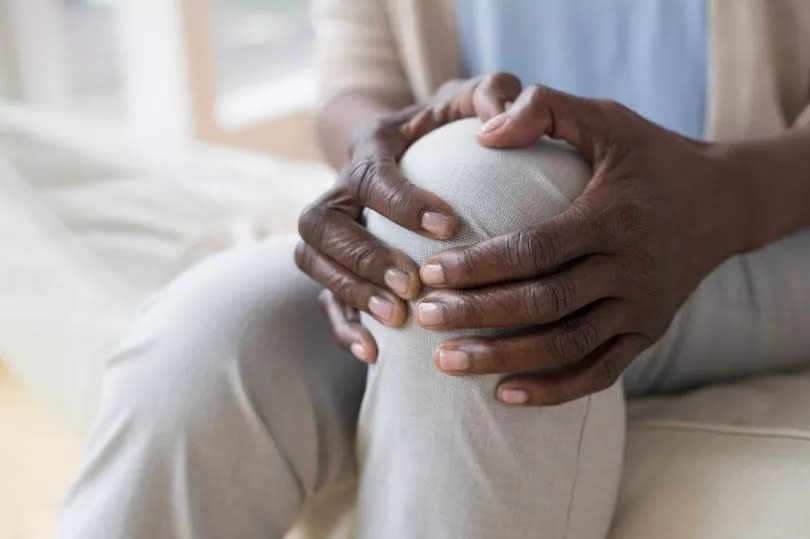Six leg symptoms could be sign of 'silent killer' as high cholesterol warning issued

The NHS has issued a warning about six leg symptoms that could indicate high cholesterol, also known as hypercholesterolemia.
This condition is characterised by an excess of a fatty substance called cholesterol in the blood.
Over time, this can increase the risk of developing serious health problems such as heart attacks and strokes. The accumulation of cholesterol can block arteries, preventing proper blood flow and leading to fatal outcomes.
This poses a significant risk for cardiovascular disease, which causes nearly 18 million deaths worldwide each year. In the UK, cardiovascular disease accounts for approximately a quarter of all deaths, according to The Express.
Often, there are no symptoms, meaning patients can live without knowing they have a potentially silent killer lurking within them. Most people only become aware they have high cholesterol levels following a medical crisis related to it or if their GP conducts tests.
However, there are certain alarming signs that could be crucial if detected early. One such sign is the development of a condition called peripheral arterial disease (PAD).
This common condition occurs when fat deposits in the arteries obstruct blood supply to the leg muscles, restricting circulation.

Peripheral Artery Disease (PAD) may not always present symptoms, but when it does, they often appear in the legs, according to the NHS.
The health service lists these as:
A painful ache in the legs
Hair loss
Numbness or weakness
Ulcers (open sores) on your legs, which do not heal
Changing skin colour on your legs, such as turning paler than usual or blue
The muscles in your legs shrinking (wasting)
An NHS spokesperson elaborated: "The symptoms of PAD often develop slowly, over time. If your symptoms develop quickly, or get suddenly worse, it could be a sign of a serious problem requiring immediate treatment."
A common symptom is a painful ache in the legs that occurs during walking and typically eases after resting for a few minutes.
The pain can vary from mild to severe and usually subsides after taking a short break. The NHS notes: "Both legs are often affected at the same time, although the pain may be worse in one leg."
Other signs of PAD include shiny skin on the legs and erectile dysfunction. Having PAD also raises the risk of coronary heart disease, which is the UK's leading cause of death from cardiovascular diseases.
For those concerned about cholesterol, the NHS advises consulting with a healthcare professional. To help reduce cholesterol levels, the NHS suggests:
Eating less fatty food
Eating a healthy balanced diet
Exercising more
Stopping smoking
Cutting back on alcohol
The NHS warns: "High cholesterol does not usually cause symptoms. You can only find out if you have it from a blood test."
Don't miss the latest news from around Scotland and beyond - Sign up to our newsletter here.

 Yahoo News
Yahoo News 
